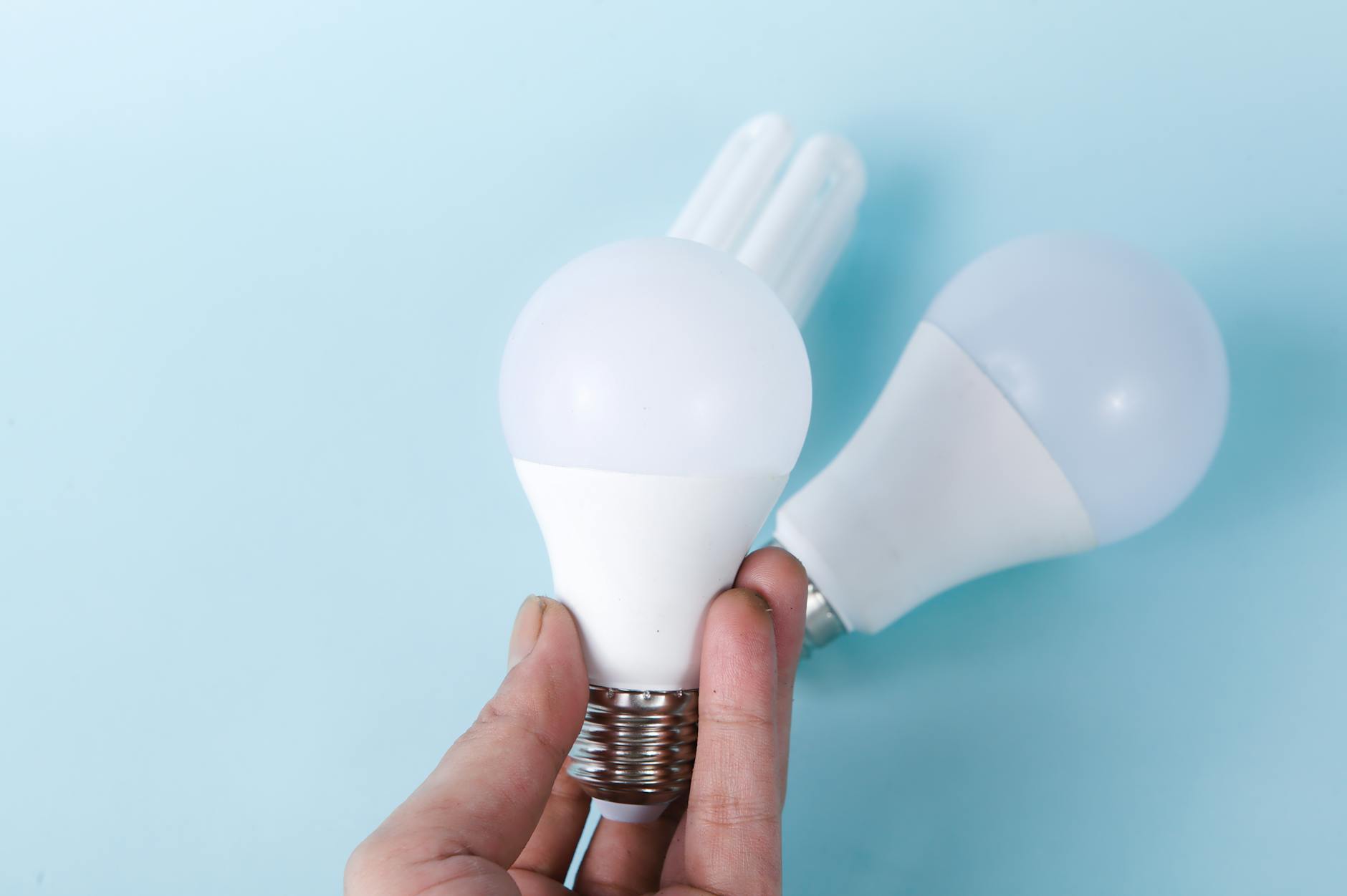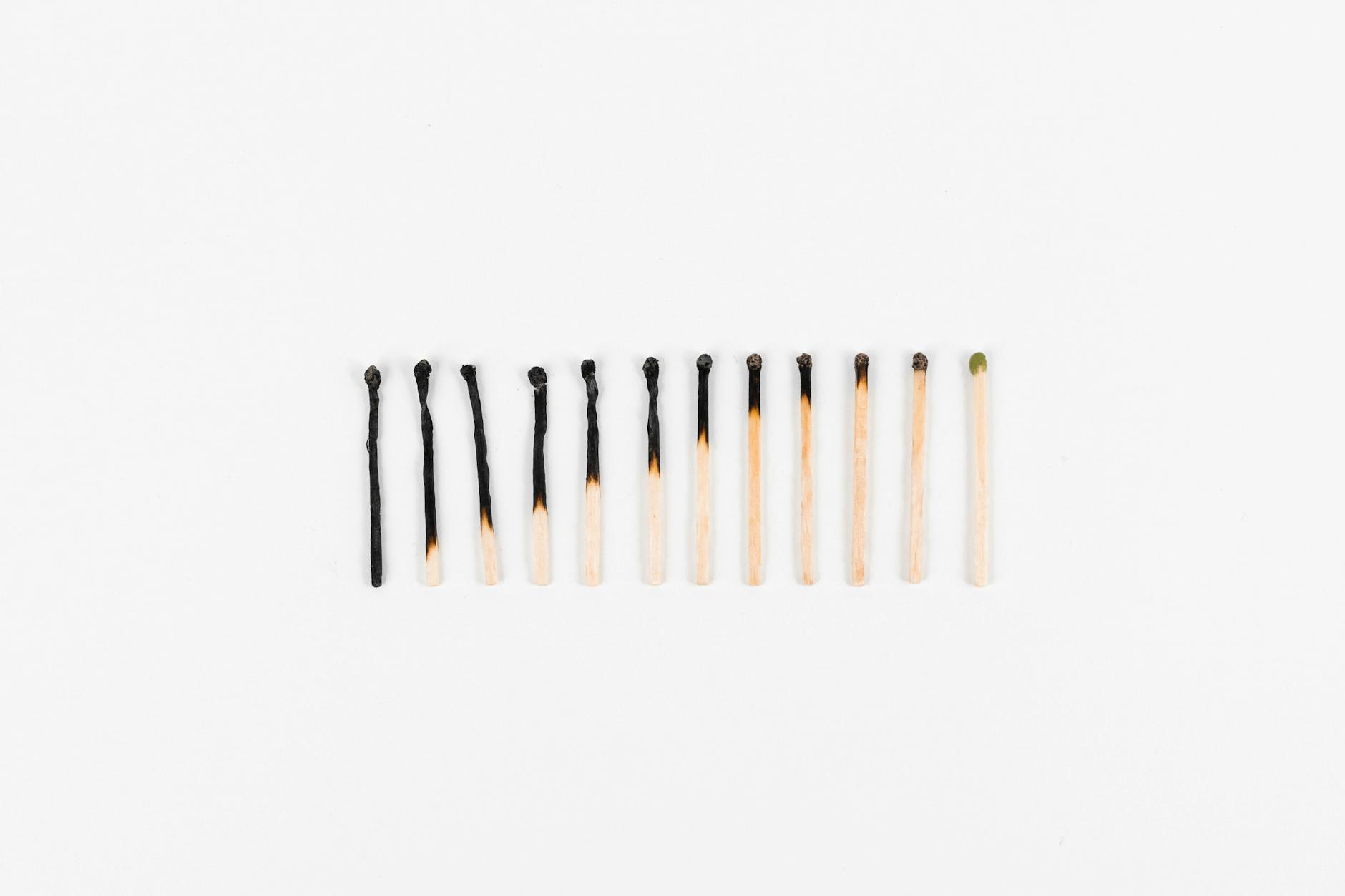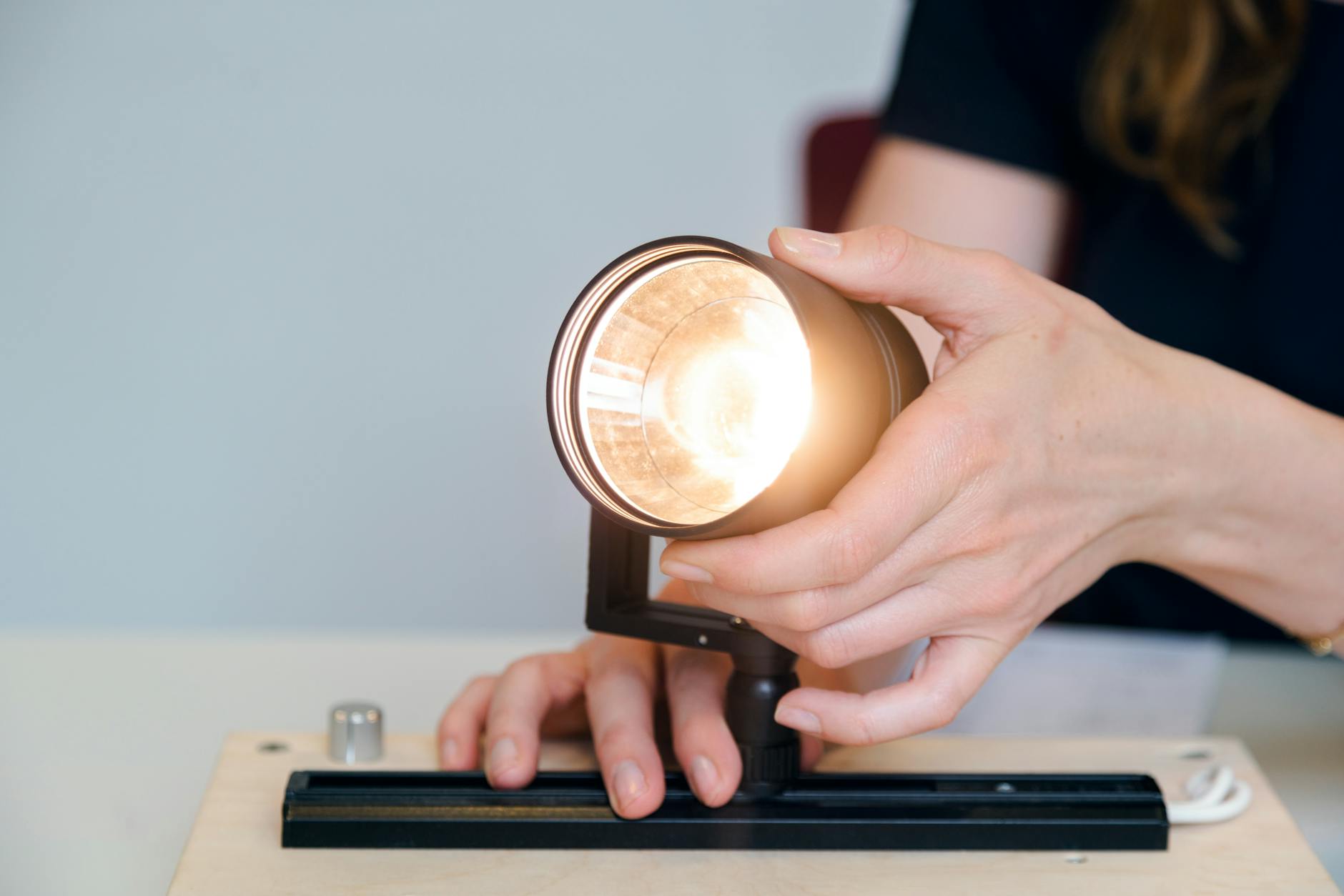Upgrading to LED bulbs is a bright idea for both your wallet and the environment. However, if you’re living in a home with older fixtures, you might be unsure how to make the switch. Fear not! This guide will walk you through retrofitting your outdated fixtures to accommodate new, energy-efficient LED bulbs, ensuring a smooth and successful transition.
Understanding LED Retrofitting
Retrofitting involves modifying existing light fixtures so they can use modern LED bulbs. This process can vary in complexity based on the fixture’s design and the type of LED bulb you’re intending to use. 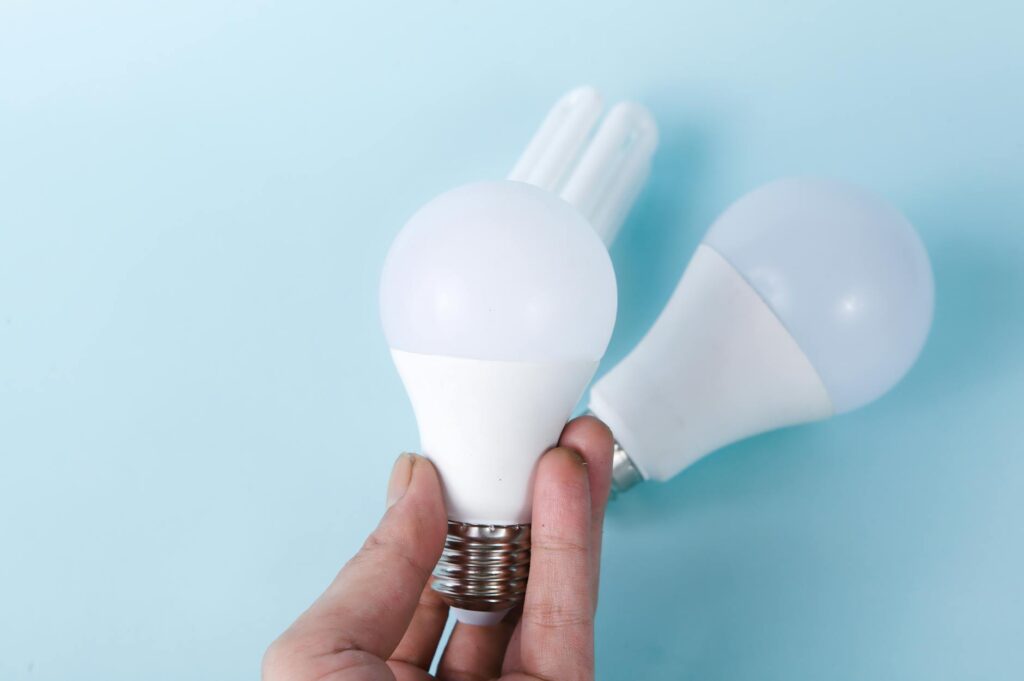
Assess Your Current Fixtures
Begin by examining your current setups. Identify the type of bulbs they use and consider the fixture’s condition. This step will guide you in deciding whether a simple bulb swap will suffice or if more comprehensive modifications are necessary.
Choose the Right LED Bulbs
Not all LED bulbs are created equal. It’s crucial to select ones that are compatible with your fixture’s design and intended use. Pay attention to bulb shape, base type, and wattage equivalence. 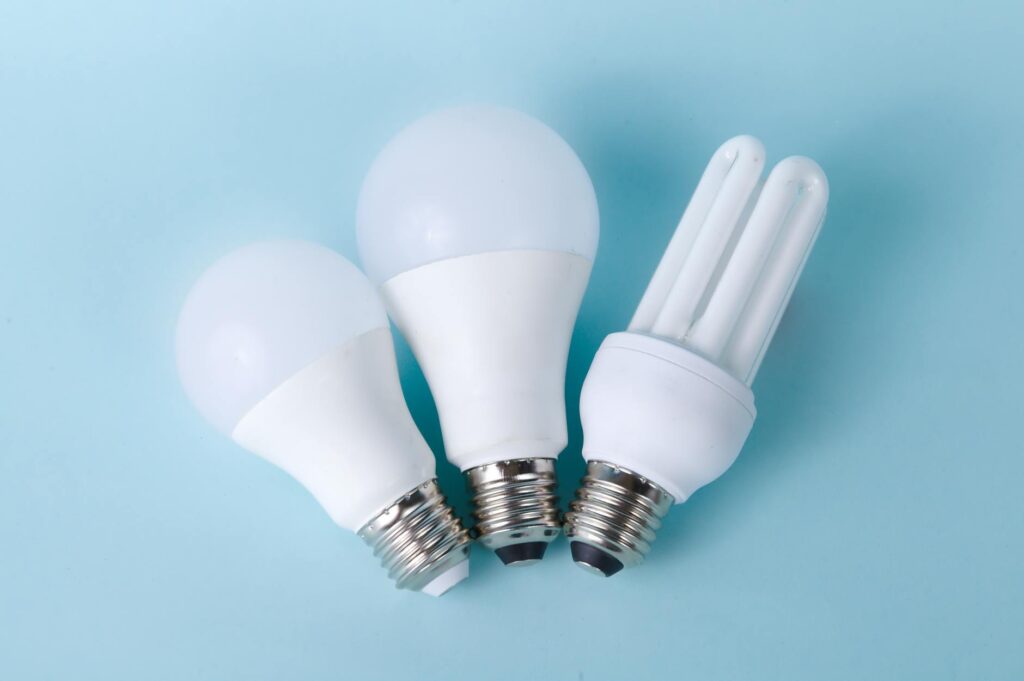
Consider Dimmability
Many older fixtures feature dimming capabilities. Ensure your new LED bulbs are dimmer-compatible if you wish to retain this function. You might need to replace the old dimmer switch with a newer model that’s designed for LEDs.
Gather Necessary Tools and Materials
Before you start, assemble all the tools and materials you’ll need. This could include a screwdriver, wire cutters, electrical tape, and any specific components for your fixture or bulb type.
Turn Off Power
Safety first! Always turn off the power at the circuit breaker before working on electrical fixtures to avoid shock or injury.
Remove Old Bulbs and Hardware
Carefully remove the existing bulbs and any hardware that might not be compatible with your LED upgrades. This could include ballasts in fluorescent fixtures.
Install LED-Compatible Hardware
In some cases, you’ll need to replace or install hardware that’s compatible with LED technology. This could involve changing the fixture’s socket or wiring.
Connect the LED Bulb
Once your fixture is prepped and compatible hardware is in place, you can install your new LED bulb. Follow the manufacturer’s instructions for the best results.
Test Your Setup
After installing your LED bulbs, turn the power back on and test the fixtures to ensure everything is working as expected.
LED Bulb Orientation
Pay attention to the orientation of directional LED bulbs, especially in fixtures like recessed lighting, to ensure optimal light distribution.
Addressing Flickering Issues
If you experience flickering with your new LED bulbs, you may need to install a load resistor or choose a different bulb that’s more compatible with your fixture.
Thermal Management
LEDs generate heat differently than traditional bulbs. Ensure your fixtures allow for proper heat dissipation to prevent overheating and extend bulb life.
Consider Professional Help
If you’re unsure about any steps or face complex challenges, hiring a professional electrician might be the best course of action to ensure safety and functionality.
Enjoy Your Efficient Lighting
Once all steps are completed, you can enjoy the benefits of efficient, long-lasting LED lighting in your home. Not only will you save on energy costs, but you’ll also contribute to a healthier planet. 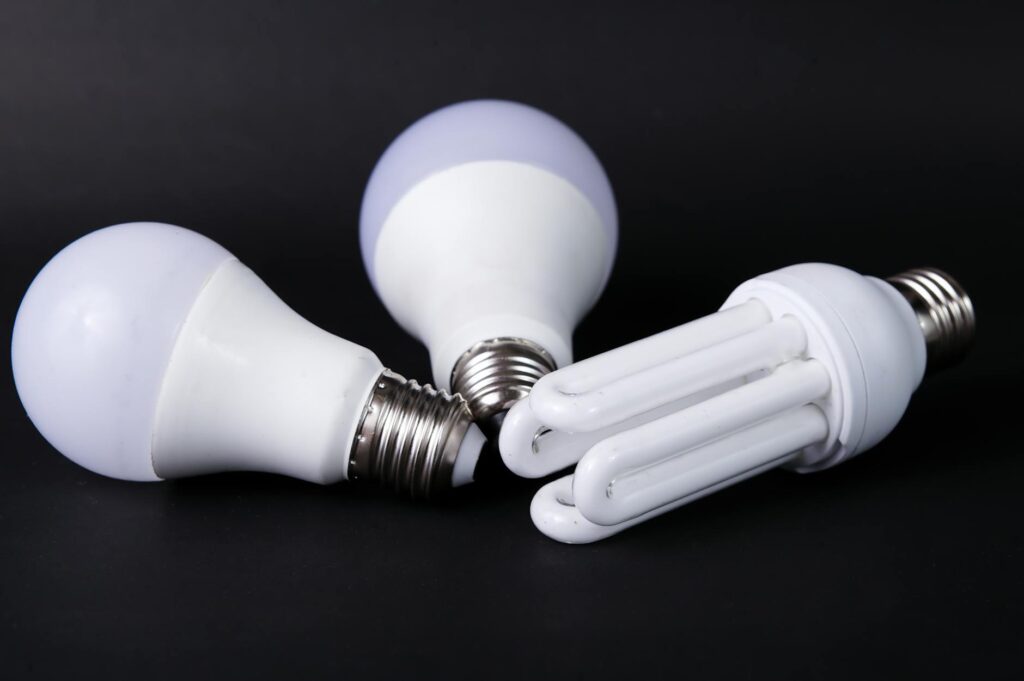
In conclusion, retrofitting old fixtures to accommodate new LED bulbs is a worthwhile project that can save energy and update your home’s lighting. By following the steps outlined above, you’ll be well on your way to a brighter, more efficient future.
Frequently Asked Questions
Do I need special tools for retrofitting LED bulbs? Basic electrical tools, like screwdrivers and wire cutters, are usually sufficient. However, the specifics depend on the fixture and retrofit kit.
Can all fixtures be retrofitted for LED bulbs? Most can, but some antique or uniquely designed fixtures may require more specialized solutions.
Is it worth retrofitting old fixtures, or should I buy new LED fixtures? Retrofitting is often more cost-effective and environmentally friendly, as it reuses existing materials.
How long do LED bulbs last? LED bulbs can last over 25,000 hours, significantly longer than traditional bulbs.
Will retrofitting LED bulbs save me money? Yes, LEDs consume less power and have a longer lifespan than traditional bulbs, leading to substantial savings over time.

